English
Hello friends from Hive, today we are going to the Emilio Bacardí museum to have a class with one of the brightest professors in my career, who is fully prepared for this type of class. This tour was one of the best I have ever received; it was as if I were in that century, contemplating the painters and observing their lives from afar. Additionally, I could see the different transitions between centuries and the various techniques employed in those times.
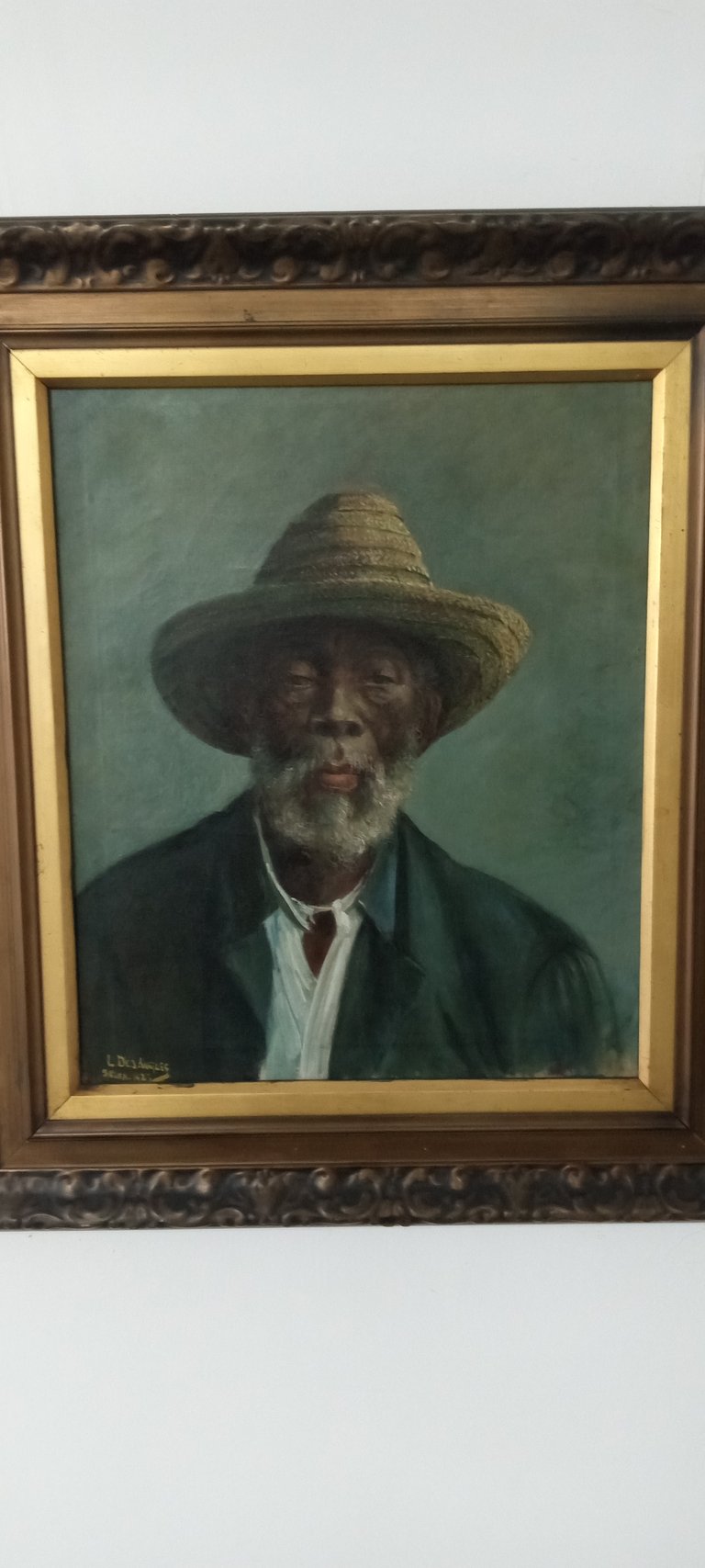
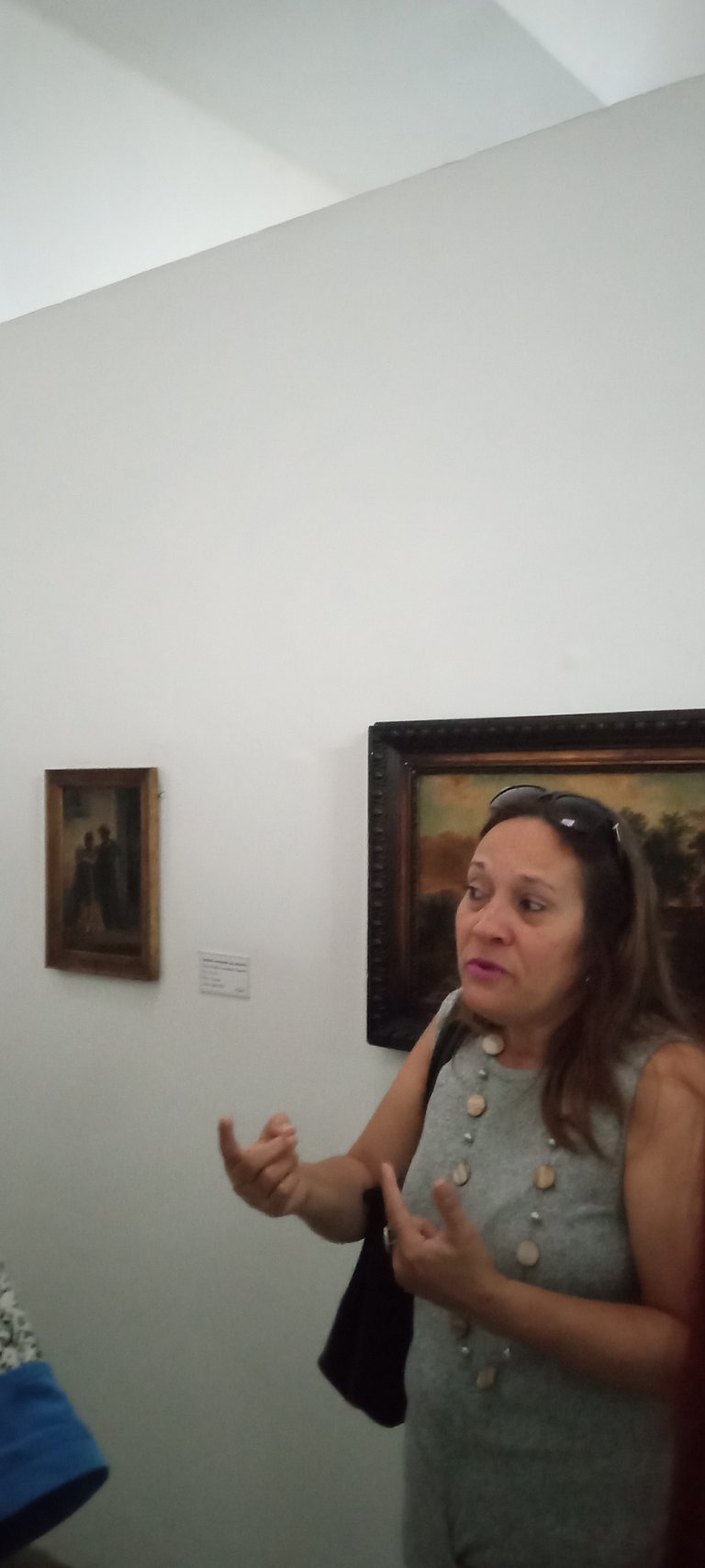
In these centuries, especially in the 19th century, we observe the lack of technique among painters in both Santiago and Havana. Although some studied in schools, they still had aspects to refine, such as the use of color and the depiction of hands. However, by the 20th century, there is an incredible and evident improvement in artistic technique. Painters began to master techniques in a more sophisticated manner, which is reflected in the quality and detail of their works.
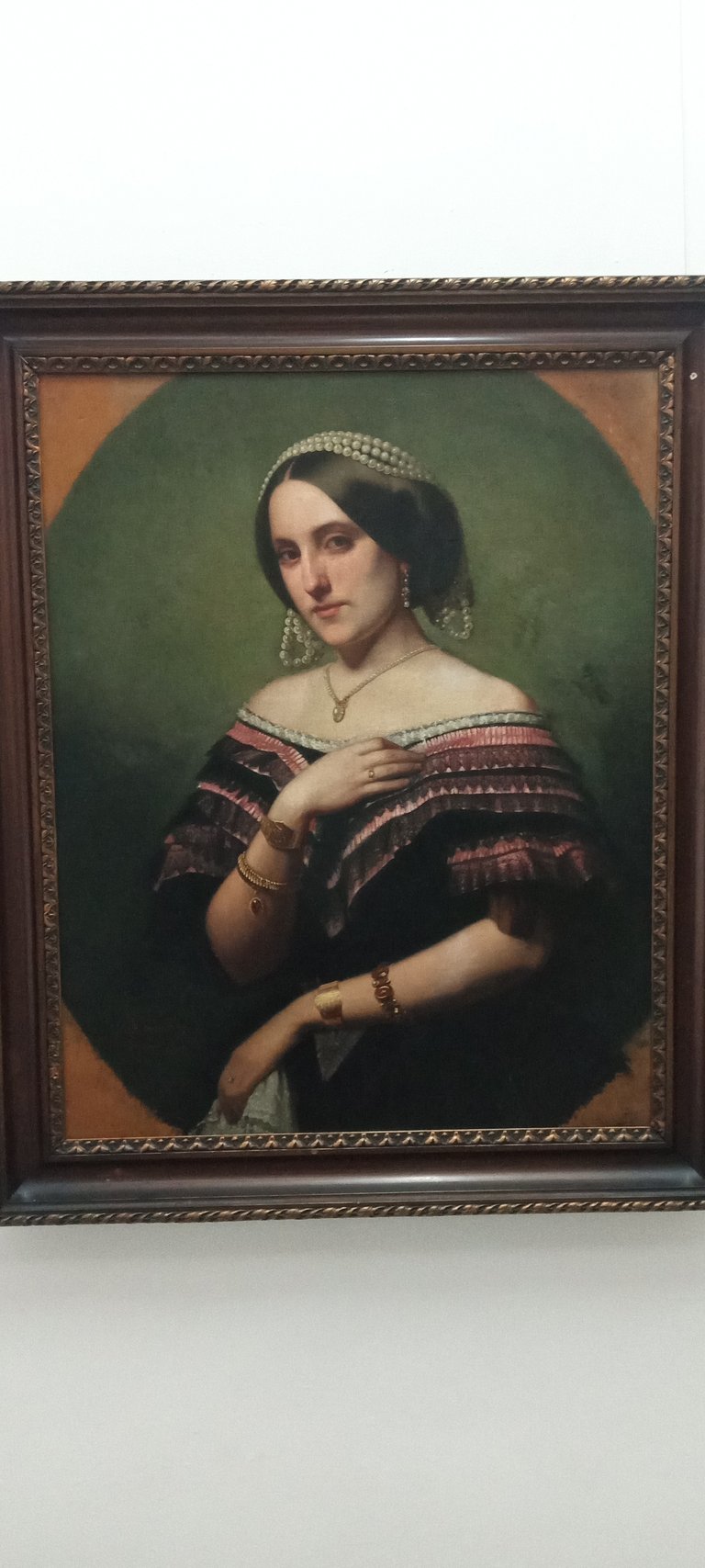
During these two centuries, there was a strong focus on creating portraits and self-portraits of people of high status. These portraits not only captured the physical appearance of individuals but also reflected their social position and power. It is also noteworthy how, in some cases, painters worked on landscapes in a romantic manner. This shows that Cuba has a stylistic timelessness in the world of art, where influences from different eras and styles merge to create something unique.
This tour also made me realize that, many times, museums are neglected and make mistakes in dates, names, and other museological aspects. I was surprised to see how some works were miscataloged or had incorrect information. This highlights the importance of careful and accurate management in museums to correctly preserve our cultural heritage.
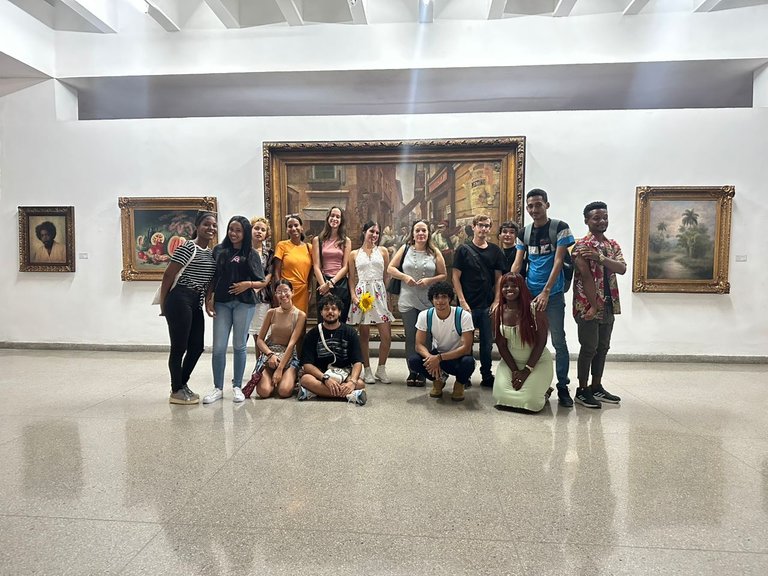
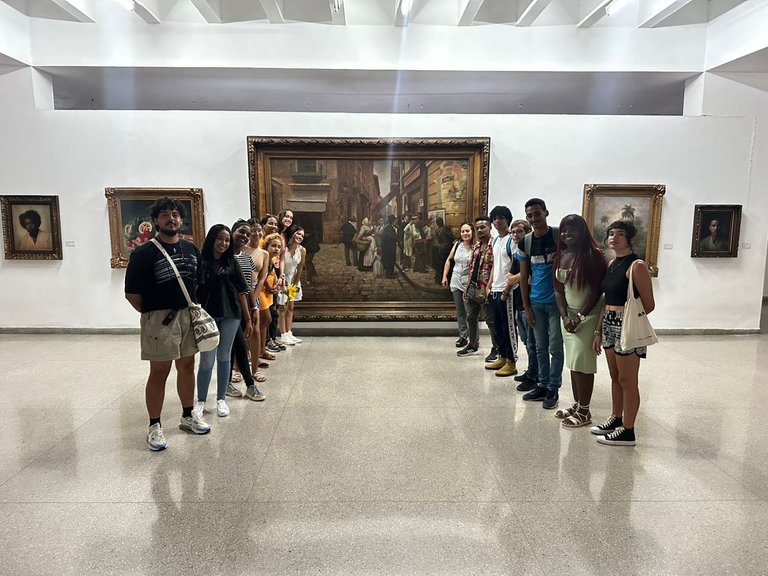
That day, I felt at home, surrounded by all my classmates and my professor, who explains things to me with dedication and patience, like a mother. Her knowledge and passion for art made this experience truly special. Without a doubt, it was an experience I will never forget and became one of the most unforgettable moments of my career. I learned a lot, not only about art and history but also about the importance of preservation and proper documentation of our cultural heritage.
Español
Hola amigos de Hive, hoy nos vamos al museo Emilio Bacardí para dar una clase con una de las profesoras más brillantes de mi carrera, quien está totalmente preparada para este tipo de clases. Este tour fue uno de los mejores que he recibido; fue como si estuviera en aquel siglo, contemplando a los pintores y observando sus vidas desde muy lejos. Además, pude ver las diferentes transiciones entre siglos y las diversas técnicas que se empleaban en aquellos tiempos.


En estos siglos, especialmente en el siglo XIX, se observa la falta de técnica de los pintores tanto en Santiago como en La Habana. Aunque algunos estudiaron en escuelas, les faltaban aspectos por pulir, como el uso del color y la realización de las manos. Sin embargo, ya en el siglo XX, se nota una mejora increíble y evidente en la técnica artística. Los pintores comenzaron a dominar las técnicas de manera más sofisticada, lo que se refleja en la calidad y detalle de sus obras.

Durante estos dos siglos, se profundizó mucho en la creación de retratos y autorretratos de personas de alto estatus. Estos retratos no solo capturaban la apariencia física de los individuos, sino que también reflejaban su posición social y poder. Además, es notable cómo, en algunos casos, los pintores trabajaron el paisajismo de una manera romántica. Esto demuestra que Cuba posee una atemporalidad estilística en el mundo del arte, donde las influencias de diferentes épocas y estilos se fusionan para crear algo único.
Este tour también me sirvió para darme cuenta de que, muchas veces, los museos son descuidados y cometen errores en fechas, nombres y otros aspectos museológicos. Me sorprendió ver cómo algunas obras estaban mal catalogadas o tenían información incorrecta. Esto resalta la importancia de una gestión cuidadosa y precisa en los museos, para preservar correctamente nuestro patrimonio cultural.


Ese día me sentí en mi casa, junto a todos mis compañeros y mi profesora, quien me explica las cosas con dedicación y paciencia, como una madre. Su conocimiento y pasión por el arte hicieron de esta experiencia algo verdaderamente especial. Sin duda, fue una experiencia que no voy a olvidar y se convirtió en uno de los momentos más inolvidables de mi carrera. Aprendí mucho, no solo sobre el arte y la historia, sino también sobre la importancia de la preservación y la correcta documentación de nuestras herencias culturales.
This post is AI free.
Este post es libre de IA.
I have had to use the translator Deepl to be able to translate my original content in Spanish into English.
He tenido que utilizar el traductor Deepl para poder traducir mi contenido original en español al inglés.
All Rights Reserved. © Copyright 2025 Brayan Antonio Ramírez Tamayo
- Fotografias tomadas por mi
Dispocitivo: Moto G Pure
😁Te invito a seguirme para que no te pierdas ninguna actualización. ❤️🔥
No olvides dejar tu me gusta
The Bacardi museum has a few interesting things. For me it is one of the jewels of the city of Santiago de Cuba, however, most people do not know what they are missing.
El museo Bacardí tiene unas cuantas cosas interesantes. Para mí es una de las joyitas que tiene la cuidad de Santiago de Cuba, sin embargo, la mayoría no saben lo que se pierde.
Me encanta tu frase:
!LUV
Congratulations @brayol! You have completed the following achievement on the Hive blockchain And have been rewarded with New badge(s)
Your next target is to reach 1250 upvotes.
You can view your badges on your board and compare yourself to others in the Ranking
If you no longer want to receive notifications, reply to this comment with the word
STOP